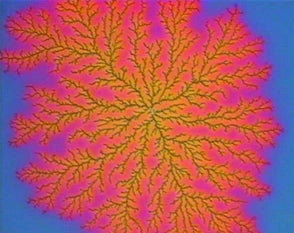
We have relied for many years on critical dimension scaling to give us increases in the functionality of integrated circuits and systems while reducing the cost per function. Scaling has taken us from the microelectronics to the nanoelectronics regime, as critical device dimensions within commercially available chips are now measured in tens of nm. However, it has become abundantly clear that performance can no longer be driven solely by feature size reduction as nanoscale versions of “traditional” electronic devices do not necessarily possess the characteristics that made their forebears so desirable. For example, scaled gate dielectrics and depletion regions in MOS devices lead to excessive tunneling currents which make CMOS circuits, once renowned for their low power operation, significant dissipaters of power even in their quiescent state. This equates to inefficiencies that result in heat generation and reduced battery life in portable systems. It is therefore universally agreed that the adoption of new material paradigms will be necessary to allow us to break through to the terabit regime. One such paradigm goes by the name “nanoionics”. Whereas nanoelectronics involves the movement of electrons within their nanostructured settings, nanoionics concerns materials and devices that rely on ion transport and chemical change at the nanoscale. Rising interest in nanioionics has been fuelled by the wide range of demonstrated and potential applications so that the field has been equated in significance by some with nanoelectronics. It is this mounting attention worldwide and ASUís role over the past decade in pushing the frontiers of this dynamic field that has led to the foundation of the Center for Applied Nanoionics (CANi) at Arizona State University.
|

